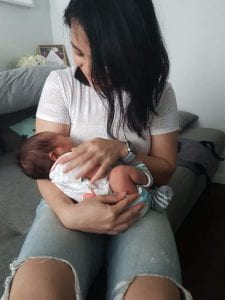Singapore at dusk (Source: Wikipedia)
Singapore became an independent nation in 1965 after more than 200 years of British colonial rule. A new hybrid language emerged since then which is known as ‘Singlish’ that is very distinct from standardised English taught in schools. Singlish is an English-based creole language spoken in Singapore. A creole language is a natural language which arose from contact of various languages. Some examples include French creoles e.g., Hatian Creole spoken in Haiti and Portuguese-based creoles e.g., Cape Verdean Creole spoken in the islands of Cabo Verde. Singlish has words borrowed from Mandarin, Hokkien, Cantonese, Malay and Tamil. This is truly a reflection of multiculturalism.
Singlish has become the language of the street. It is used in many contexts, for example, when chatting with friends and families; when speaking to local taxi drivers; and ordering food at the hawker centre.Singaporeans are very comfortable with the use of Singlish although a different variety of English – standard Singapore English – is taught in schools.
In 2016, the Oxford English Dictionary (OED) announced that it has added 19 new “Singapore English” terms such as “ang moh”, “shiok”, “sabo” and subsequently “lah”, “sinseh”, and, “kiasu”!
.At the BLIP lab, we are interested in Singlish terms or local slang words that parents or caregivers use with their children e.g., makan or shee shee.We want to make sure that our checklist contains terms that Singaporeans use with their children. You can help us build our checklist by taking part in our Red-Dot Baby Talk study which will be launching shortly. The study is an online survey open to all Singaporeans.










